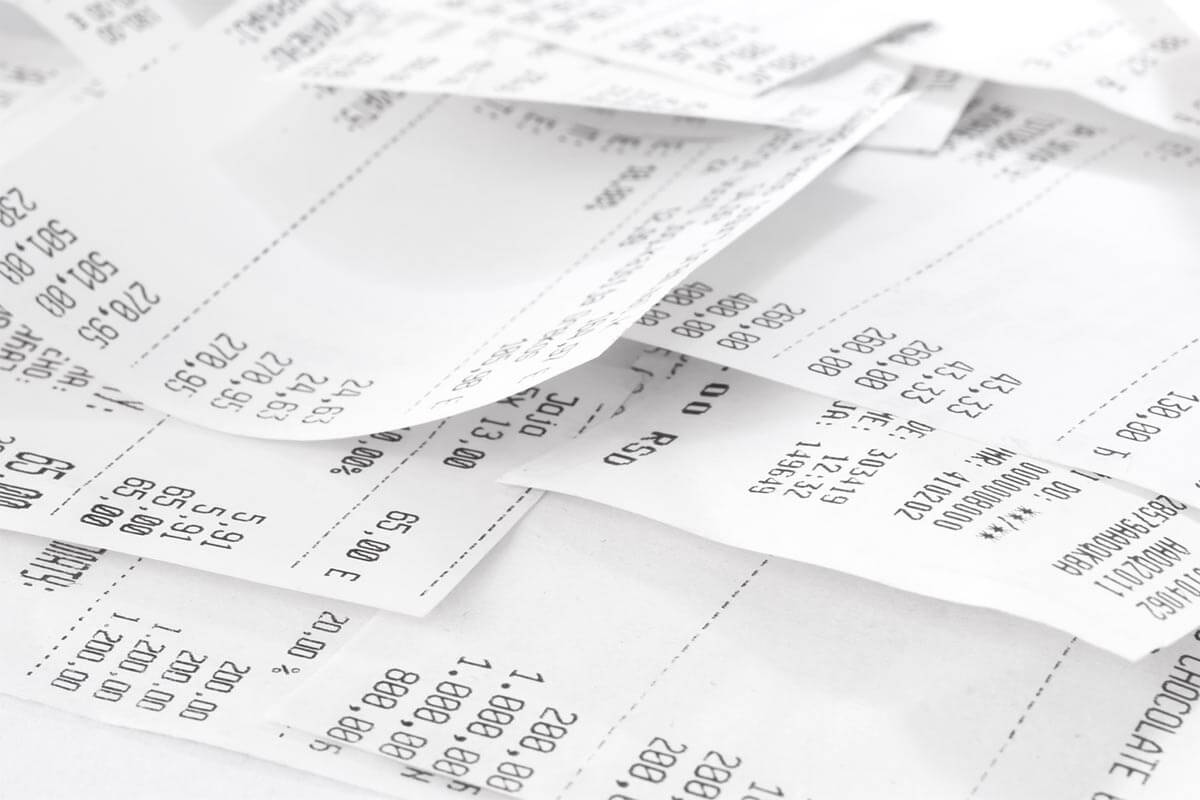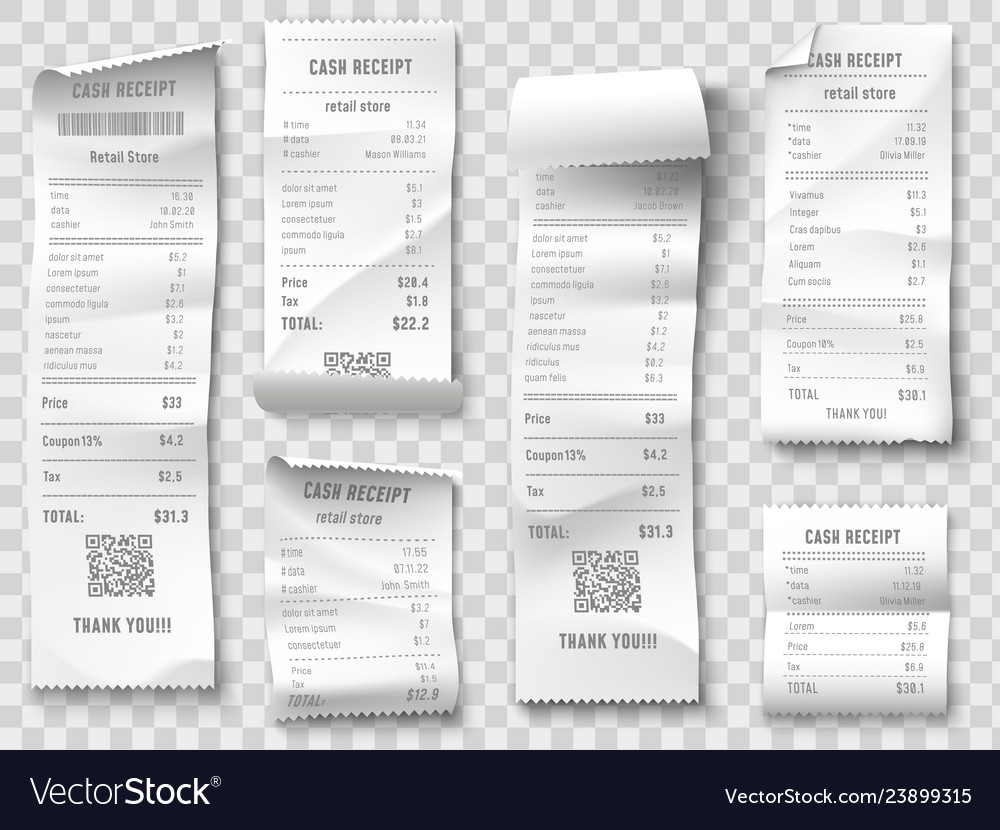


In brick-and-mortar businesses, receipts are usually printed on the spot, while e-commerce businesses are much more likely to send electronic receipts via email. However, it’s important to note that there’s no specific legal standard for what to include on a receipt, which means that it could literally be a simple, handwritten note stating the amount that has been paid. Receipts usually include information about the goods/services that were sold, including quantity, price, and discounts, while they may also provide details of the payment method used in the transaction. What is a receipt?Ī receipt is a proof of transaction which is provided to customers after they’ve paid for goods or services. So, is an invoice proof of purchase? No, it isn’t, and that’s one of the key points to bear in mind when thinking about sales receipts vs. In fact, unpaid invoices are a significant problem, and many SMEs throughout the UK experience issues with late payments. Is an invoice proof of purchase?Īlthough invoices may be used as proof of having requested goods or services, or as proof of an outstanding formal agreement between a buyer and a seller, they do not provide proof that a service has actually been paid for.
#RECEIPTS SOFTWARE#
Invoices can be created using invoicing software or drawn up by hand, and since prompt payment plays a key role in healthy cash flow, it’s important to get the invoicing process right from the get-go. If you or the business you’re invoicing is registered for VAT, you’ll also need to include some additional information in a VAT invoice. They include information about the transaction, such as details of the work that’s been completed, payment terms, your company’s unique identification number, the date of the invoice, and the total amount due. In essence, invoices are used to ensure that your business gets paid. What is an invoice?Īn invoice is a demand for payment (delivered either electronically or physically) that’s sent by the seller after the sale of goods/services has been completed, but before payment has been made. First off, let’s take a look at the definition of an invoice in a little more detail, before exploring the most important differences between receipts and invoices. Invoices and receipts may seem like similar things – after all, they’re both related to payments – but as a business owner, there are a couple of crucial distinctions that you need to understand. No other student fees paid are considered to be tax deductible, as deemed by the Canada Revenue Agency. Tuition, material Fees, and the Building Legacy Fund fees are included in this amount, as are any fees paid to the Registrar’s Office. Not all student fees that are paid to Langara College for tuition and student fees are considered to be tax deductible, and therefore not included on the T2202a Tax Credit form. The amount listed for deduction on my T2202a is different from the total amount of fees that I paid to Langara College last year. You will find the Canadian Tax Forms link under the Student Main Menu.Īll T2202A’s for the past seven years are also available through Langara login page.ģ. T2202As will then be available to be printed off through the Langara login page.

Your T2202A for the current calendar year will be issued by the end of February the following year. How can I receive my T2202A (Tuition, Education, and Textbook Amounts) Tax Receipt?
#RECEIPTS VERIFICATION#
Receipts for confirmation of payment, verification of fee assessment, or for RESP / Bursary / Scholarship purposes can be obtained by emailing requesting a receipt for fee payment.Ģ. Will I receive a receipt showing that I have paid my fees?


 0 kommentar(er)
0 kommentar(er)
